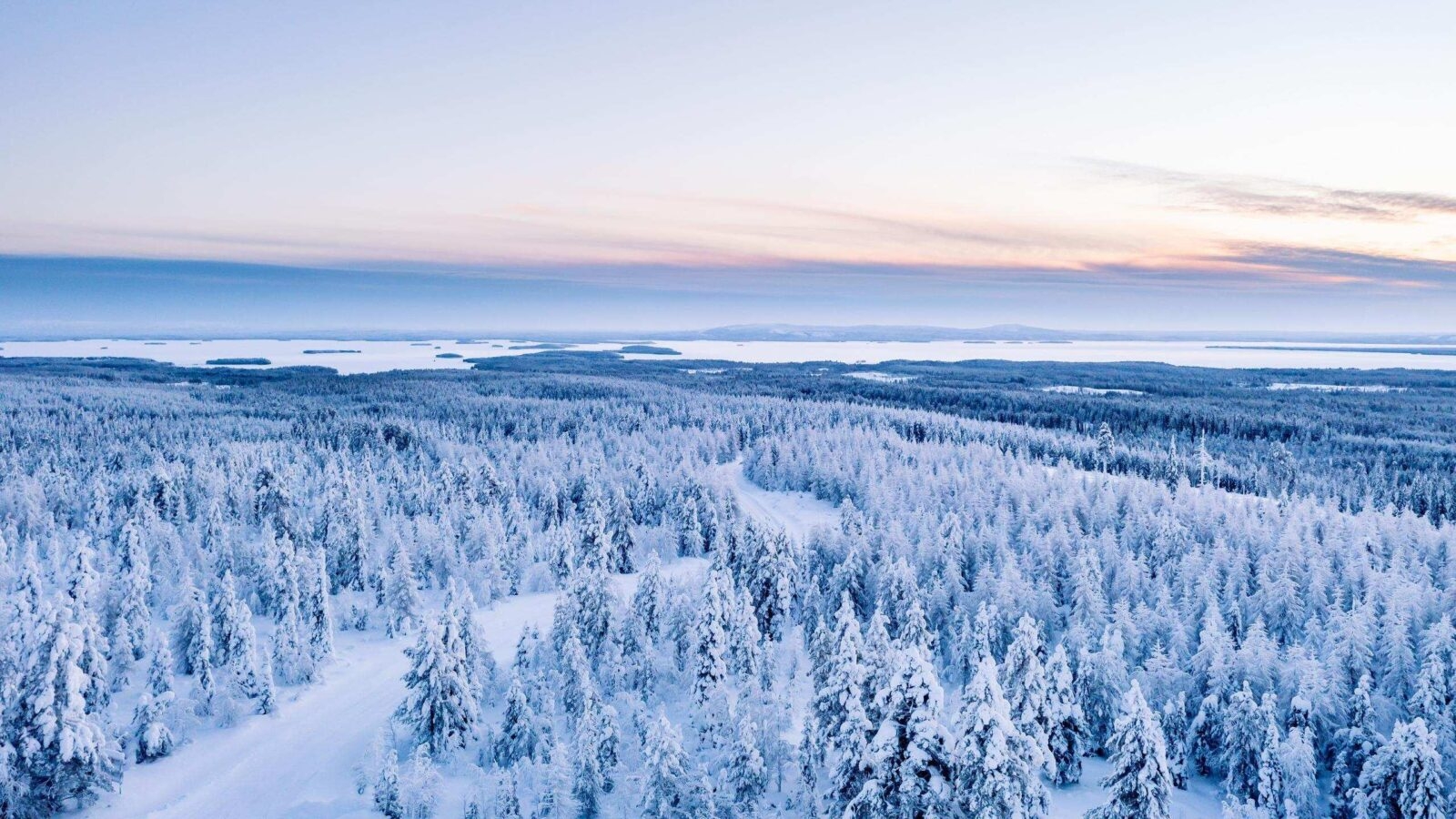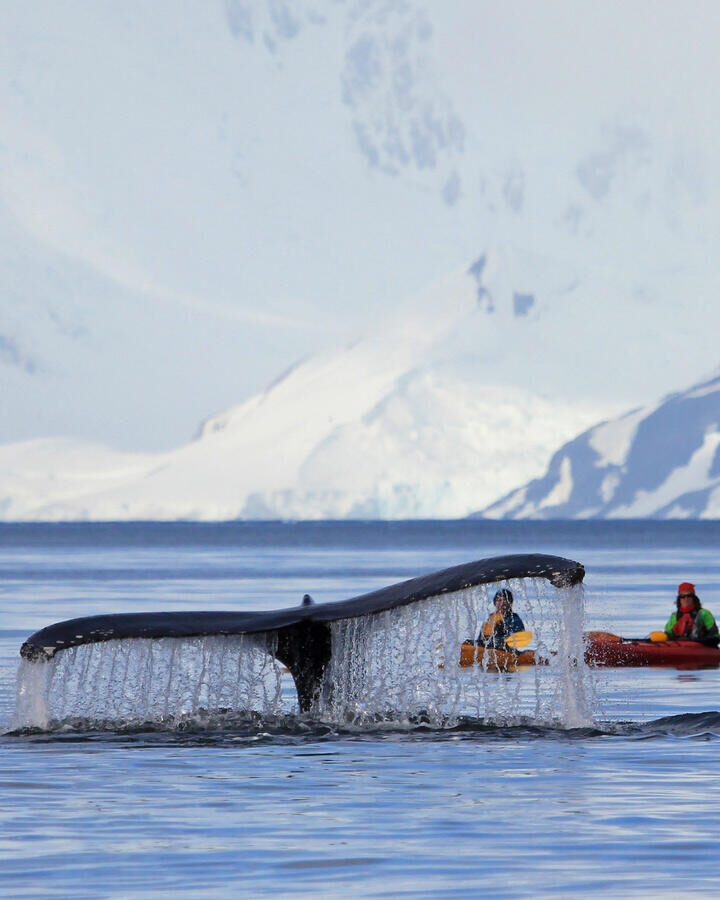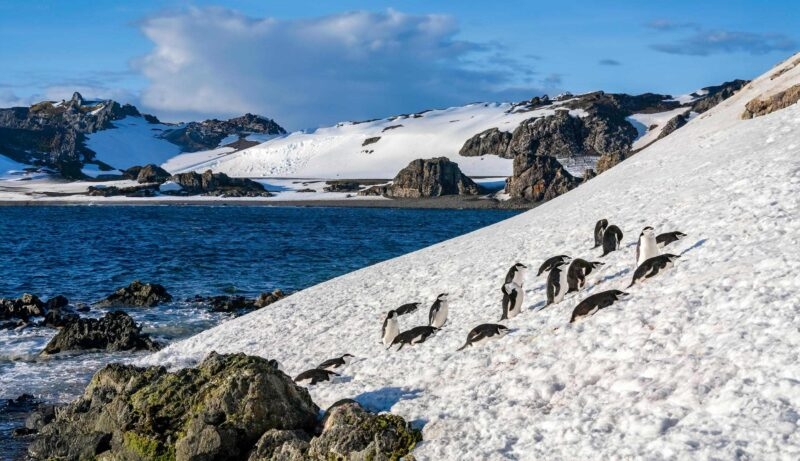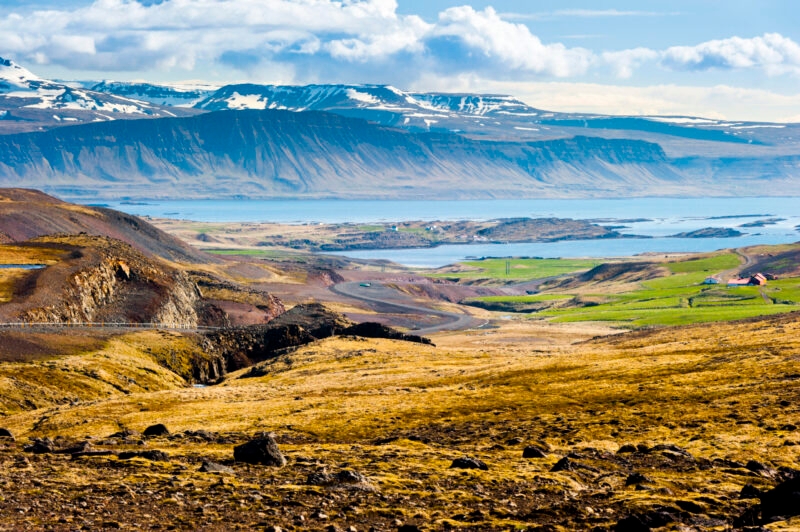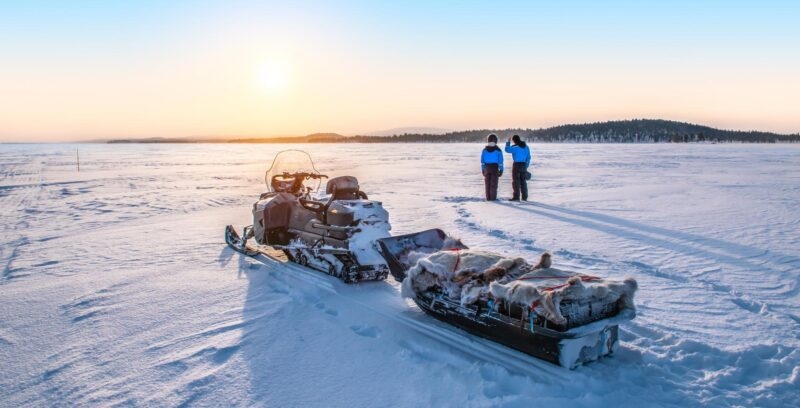The polar regions are among the most spectacular places on earth, ideal for remote travel. Both the Arctic and Antarctica offer once-in-a-lifetime experiences for adventurous travellers – but how are they different? There are plenty of distinctions between these two destinations, which are quite literally polar opposites.
The Arctic and Antarctica are located on opposite sides of the planet. The Arctic contains the North Pole, while Antarctica contains the South Pole. What’s more, the Arctic is centred around the Arctic Ocean, which is surrounded by land, whereas Antarctica itself is an ice-covered continent that’s surrounded by the Southern Ocean.
It’s entirely possible to visit either the Arctic or Antarctica, and our expert travel designers can create incredible itineraries for each. Travelling to the Arctic usually means visiting the northern regions of countries like Norway, Finland, Iceland and Sweden. On the other hand, travelling to Antarctica generally involves flying or sailing from Argentina, Chile or South Africa.
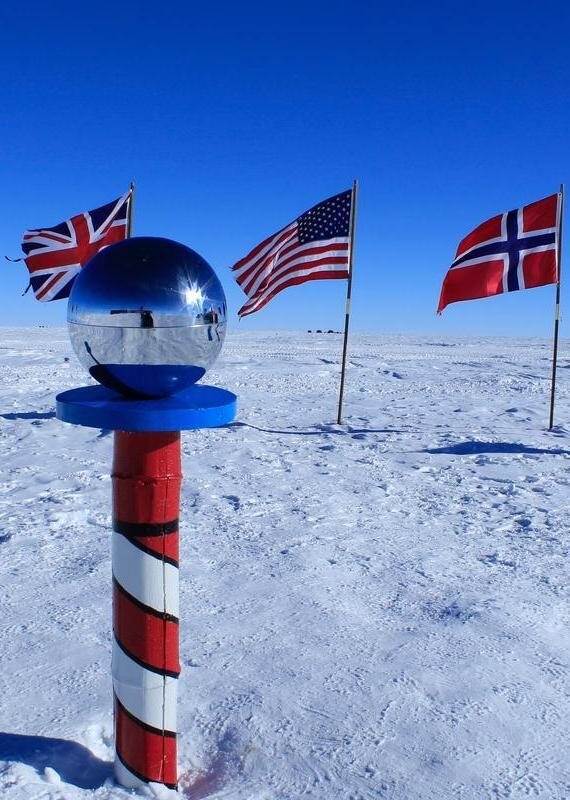
The North Pole and South Pole
The easiest way to distinguish between the Arctic and Antarctica is by geographic location. The Arctic is located above the Arctic Circle (approximately 66°30’ north latitude) in the Northern Hemisphere. Antarctica is located below the Antarctic Circle (approximately 66°30’ south latitude) in the Southern Hemisphere.
There’s an interesting way to remember the difference: the word ‘Arctic’ comes from the Greek ‘arktikos’ which essentially means ‘northern.’ More specifically, it refers to the constellation Ursa Major, the Great Bear, which is located in the northern sky (‘arktos’ means ‘bear’). Add ‘ant’ (meaning ‘against’) to get the word ‘antarktikos’ – or Antarctica – meaning ‘opposite to north.’
Although the North Pole is actually located at sea, there is plenty of land in the Arctic region. The landmasses surrounding the Arctic Ocean, at the northern hemisphere’s highest latitudes, belong to various countries: Norway, Finland, Denmark (including the autonomous territory of Greenland), Iceland, Sweden, the US, Canada and Russia.
According to NASA, the Arctic Ocean used to be completely covered in sea ice all year, but over the past several decades the amount of ice has been declining. During the Arctic summer months (July–September) much of the sea ice melts away – which can have dramatic consequences for global temperatures.

Landscapes
The landscapes of the Arctic vs Antarctica are fundamentally different. The Arctic has an icy ocean at its centre, while Antarctica is an enormous piece of land that’s covered by an ice sheet. In fact, Antarctica is the fifth-largest of the seven continents – about twice as big as Australia. The Antarctic region includes this continent as well as the ocean around it and several smaller islands.
Both the Arctic and Antarctica have significant ice coverage, but the details differ. For example, sea ice in Antarctica is usually thinner than sea ice in the Arctic. Most ice shelves (large pieces of floating ice that are connected to the coastline) are found in Antarctica, but there are also a few examples of Arctic ice shelves.
The dominant feature of the Arctic landscape is the Arctic Ocean, which is the shallowest ocean on earth. It’s almost 1,000 metres (just over 3,200 feet) deep on average, and its deepest point is about 5,500 metres (18,000 feet). The land around it includes Arctic deserts, tundra and even forests. Antarctica, by contrast, is defined by its ice-covered mountains, valleys and glaciers.
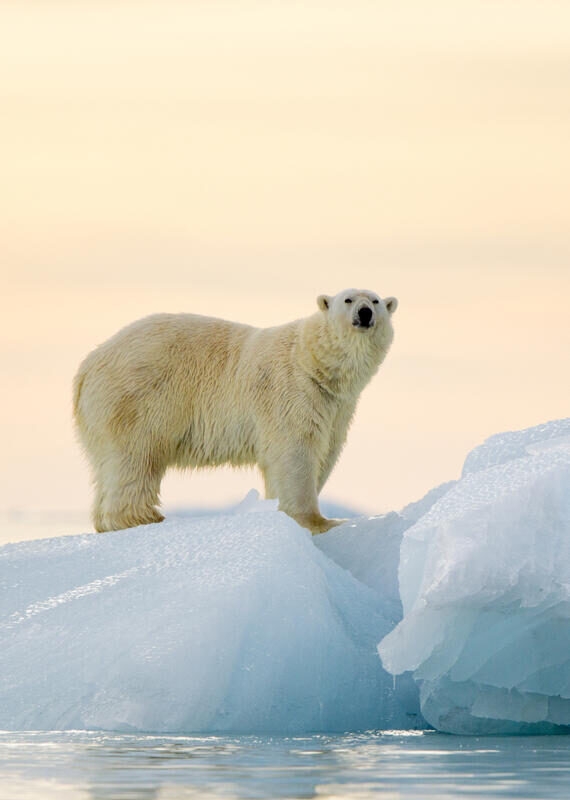
Wildlife
Both the Arctic and Antarctic regions are home to a stunning array of wildlife. That said, there are many more land animals and plants in the Arctic region than in Antarctica. Above the Arctic Circle you’ll find wolves, foxes, reindeer, snowy owls, hares, puffins and more, as well as marine mammals like seals, whales and walruses.
If you’re wondering about Arctic vs Antarctic bears, the main thing to know is that polar bears only live in the Arctic; there are no bears at all in Antarctica. Polar bears are uniquely adapted to their Arctic habitat, using the sea ice to hunt in winter and resting on land during summer.
However, the Antarctic Circle also has its fair share of incredible animals. If you’re planning a trip to Antarctica, you can expect to see penguins (which only live in the Southern Hemisphere) and multiple species of seals, whales and seabirds. Since the land in Antarctica is barren and virtually free of plant life, most of its animals are either marine or avian.
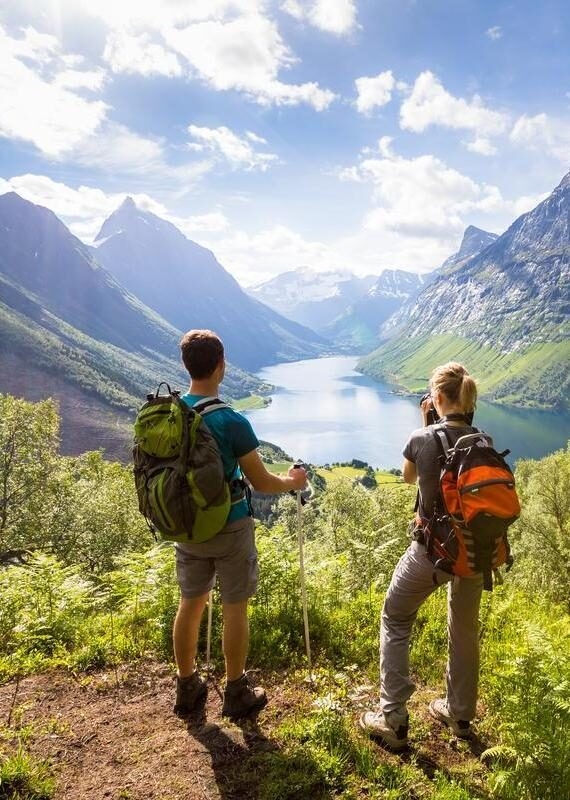
Climate
It should come as no surprise that both polar regions are incredibly cold, but Antarctica is actually colder than the Arctic. In Antarctica’s winter months (March–October) temperatures average around -60ºC (-70ºF). Winter in the Arctic (November–February) usually sees temperatures around -34ºC (-29ºF) – relatively warmer, but still frigid by any account.
The best time to visit Antarctica is from December to March, when temperatures are more bearable; it’s not possible to go there from May to October. You can visit the Arctic in winter, and the colder months from September to April are the best time to see the northern lights. July is the warmest month in the Arctic Circle, with average temperatures from 6–15ºC (43–59ºF).
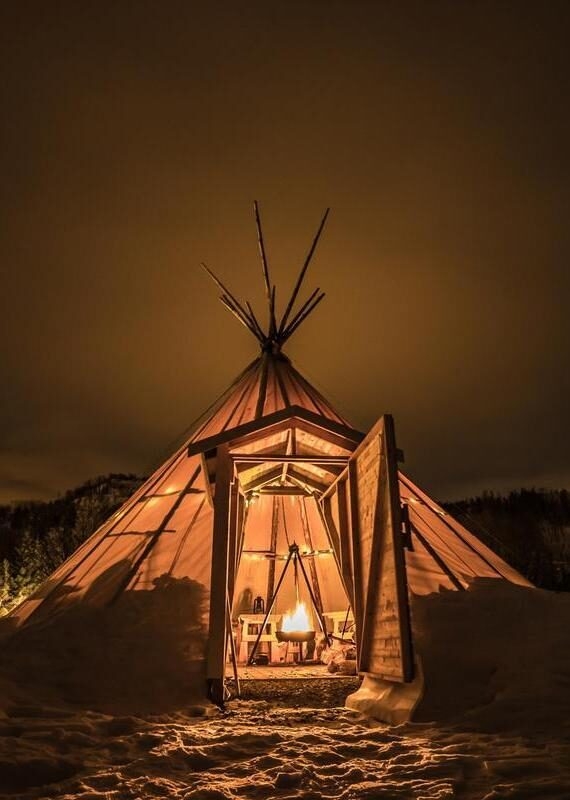
Human Presence and Exploration
The terrain in Antarctica is infamously inhospitable for humans; the only people you’ll find there are the scientists who work at its 70 permanent research stations. In fact, the first documented human contact with Antarctica didn’t even occur until the 19th century. Today it’s protected by the Antarctic Treaty System, an international agreement that currently includes 56 countries.
There are also research stations in the Arctic, but its human population certainly isn’t limited to scientists. Indigenous groups have lived within the Arctic Circle for millennia. There are more than 40 different Indigenous groups in the region, including the Saami (in the northern regions of Scandinavia) and Inuit (in parts of Alaska, Canada, Greenland and Russia).
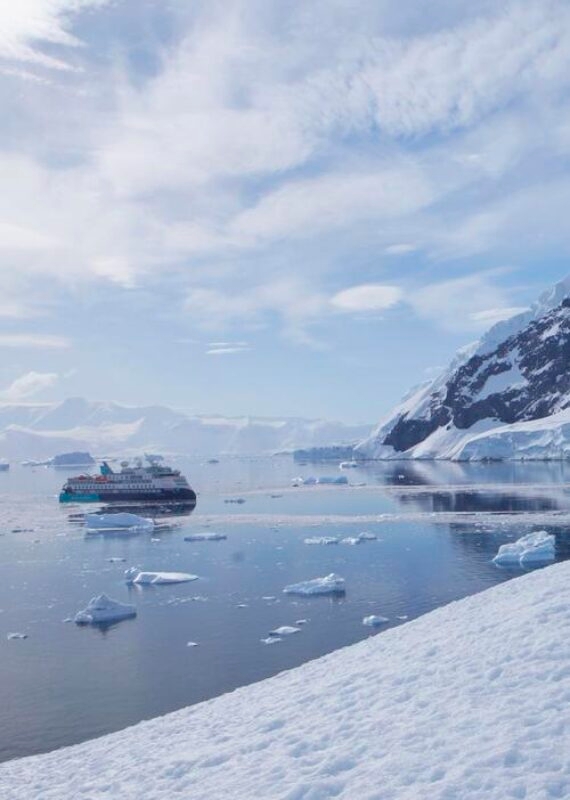
Environmental Changes
The areas within the Arctic and Antarctic circles are both highly vulnerable to the effects of climate change. In the Arctic, global warming is causing an ongoing decrease in sea ice. This in turn can exacerbate global warming, since it allows more sunlight to be absorbed by the ocean.
In Antarctica, the amount of sea ice is greatly affected by wind circulation. Like Arctic sea ice, it expands or recedes depending on the season, and its extent varies from year to year. Although the long-term trend isn’t as clear as it is in the Arctic, the past few years have seen a dramatic decline in Antarctica’s ice coverage.
According to NASA, the Arctic Ocean used to be completely covered in sea ice all year, but over the past several decades the amount of ice has been declining. During the Arctic summer months (July–September) much of the sea ice melts away – which can have dramatic consequences for global temperatures.
When it comes to visiting these regions, it’s essential to prioritise conservation and limit environmental impact. The best luxury polar travel experiences place education and awareness at the forefront. We work with Aurora Expeditions, a Certified B Corp that operates in both regions, to ensure that your trip will make not only lifelong memories, but also a positive impact.
Trip Inspiration
Whatever you're looking for from your Polar adventure, our travel designers are ready to help.
